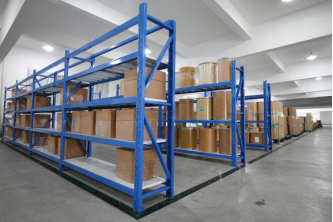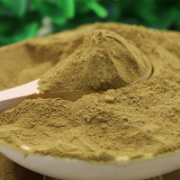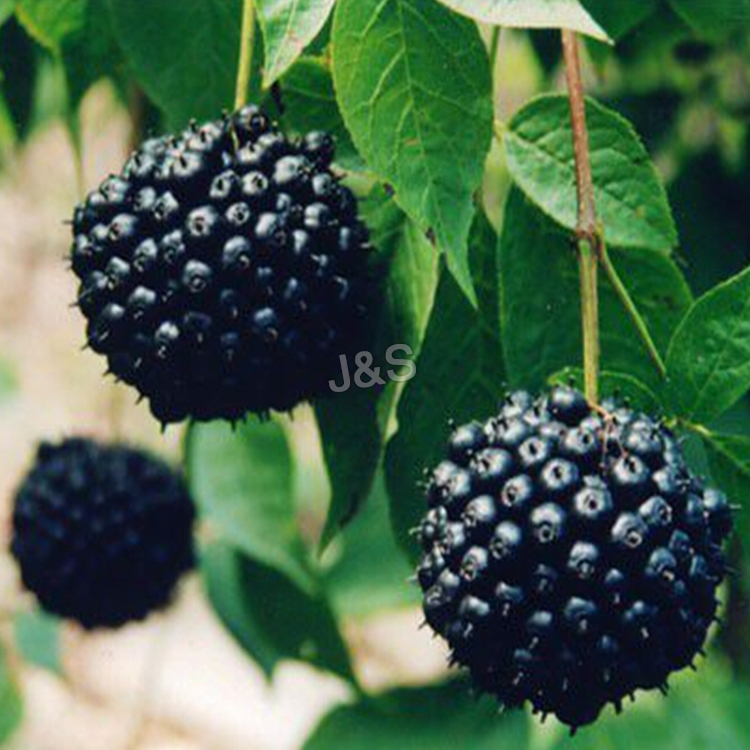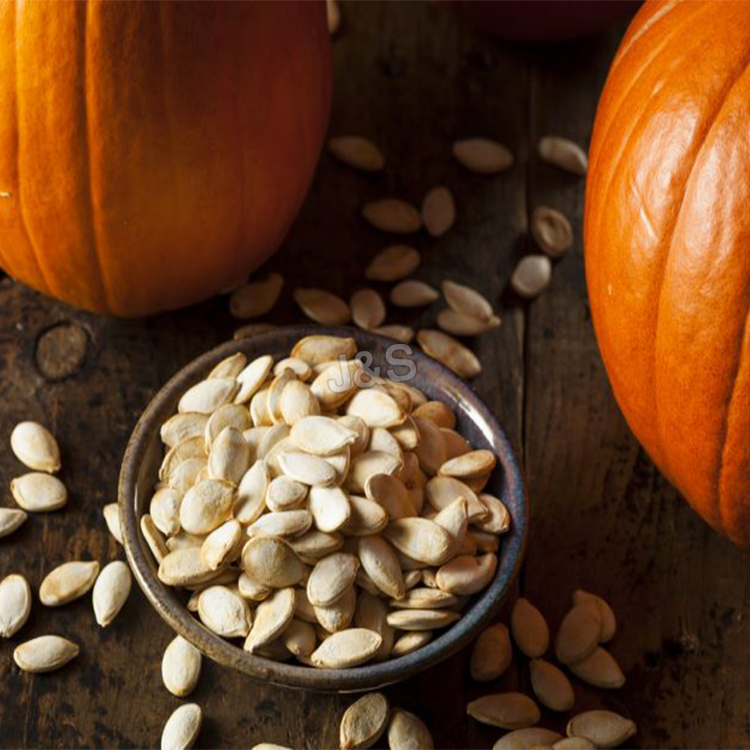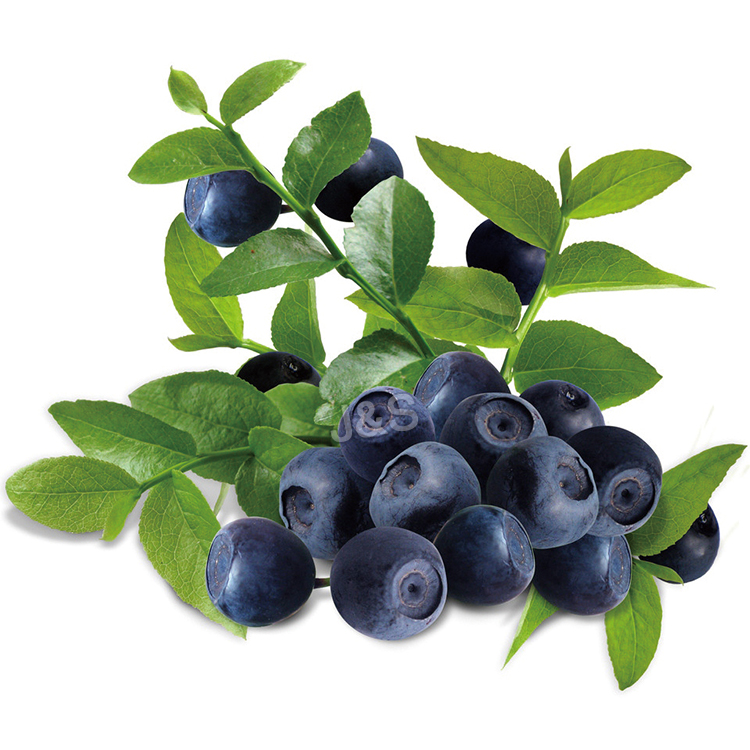Hot New Products Organic Propolis powder Supply to Peru
Hot New Products Organic Propolis powder Supply to Peru Detail:
[Products Name] Propolis powder, Propolis extract powder
[Specification]
Propolis content 60%,70%,80%
Water-soluble propolis powder 60%,70%,80%
[Gerneral feature]
1. Low antibiotics
2. Low PAHs, can approve to 76/769/EEC/German:LMBG;
3.Organic certified by ECOCERT, according to EOS & NOP organic standard;
4.Pure natural propolis;
5.High content of flavones;
6.Anti-block;
7. Manufacturer supply.

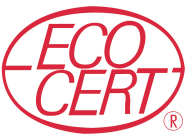
[Packaging]
1. 5kg/aluminum foil bag, 25kgs/carton.
[How to get it]
First, we collect raw propolis from beehives, then extract by low temperature with ethanol. Filter and concentrate, we get the pure propolis block at 98%. Then Low temperature crushing, adding edible and medicinal excipients, finally we get propolis powder.
[Introduction]
Propolis comes from the substance like natural resin, which is collected by the bees from exudates of plants branches and bud the chemical substances of Propolis are found to be various, such as beeswax, resin, incense lipids, aromatic oil, fat-soluble oils, pollen and other organic matter. Studies have shown that the source of propolis resin in material has three types: bees collected plants secreted fluid, secretion in vivo metabolism of bee, and involvement in the process of forming the material.
We can supply Propolis Extract with food-grade and medicine-grade .The raw materiall is came from non-polluting food grade propolis .Propolis extract was made of high-grade propolis. It maintains the propolis effective ingredients during the procedure of extraction under constant low temperature , taking off the useless substances and sterilization.
[Function]
Propolis is a natural product processed by bees mixed with glutinous and its secretion.
Propolis contains more than 20 kinds of useful flavonoids, rich vitamins, enzymes, amino acids and other microelements, etc. Propolis is called “purple gold” owing to its valued nutrients.
Propolis can remove free radical, lower blood sugar and blood fat, soften blood vessels, improve micro-circulation, enhance immunity, anti-bacteria and anti-cancer.
Product detail pictures:

Related Product Guide:
Hot New Products Organic Propolis powder Supply to Peru , The product will supply to all over the world, such as: , , ,
Stevia grows best in upland areas in sub-tropical climate. In other places it can be grown as an annual. The plant prefers a lightly textured, well-drained soil to which organic matter has been added. It needs ample water so that the soil is consistently moist, but not wet. In hot, sunny climates it will do best in semi-shade. Propagation is from seed sown in spring, but germination rates can be low-expect half the seeds sown not to germinate. Plant seedlings out once all danger of frost is over. Leaves are best harvested just before flowering. The plants will also grow from cuttings,which are best taken in late winter.The concentration of stevioside in the leaves of Stevia increasing when the plants are grown under long day condition.While, cultivating stevia on a large scale, it can be grown in well-drained red soil and sandy loam soil. The soil should be in the pH range of 6.5-7.5. Saline soils should be avoided to cultivate this plant.
Stevia can be successfully cultivated all around the year all over India expect theareas, which receive snowfall, or temperatures go below 5 degree Celsius in winter.The summer temperatures actually do not affect this plant if the high summer temperatures have already been factored in the cultivation practices.Since seed germination rate is very poor,it is propagated vegetative. Though stem cuttings are used for vegetative tissue culture plants have proven to be the best planting material for Stevia. Tissue culture plants of Stevia are genetically pure, free from pathogens and haveexcellent vigor. The tissue culture plants can be planted throughout the year,expect during peak summer. An ideal planting density is 40,000 plants per acre with spacing of 25×40 cm in a raised bed system. The soil can be enriched with abasal dressing of 25 tons of well rotten farmyard manure/hectare
Soil Type
Stevia requires very good drainage any soil that retain the moisture for very long period of time are unsuitable for Stevia cultivation and should be religiously avoided.Red soil and sandy loam with a 6-7 pH are best for the cultivation of Stevia.
Raised bed preparation
Forming raised beds is the most economical way to grow Stevia. The raised bed should be of 15 cm in height and 60 cm in width. The distance between each plant 23 cm. This would give a plant population of around 40,000 per acre.
Planting Material
There are basically two options for multiplication. The first is the tissue culture and second the stem cutting. Tissue culture is the best option but many farmers are tempted to try the stem cutting method for multiplication. As per practical experience, stem cutting is sometimes more expensive to produce than the tissue culture since the success rate of the stem cuttings establishment is very low, it takes minimum of 25 weeks for the stem cutting to develop in proper feeding roots for transplantation (younger stem cuttings transplants have shown more than 50% mortality in first few weeks of transplants in main field).
Harvesting
Another important aspect of harvesting is the timing of harvest. It should be noted that at no point of time plants should be allowed to flower since after flowering the Stevioside percentage goes down rapidly and leaves are rendered unmarketable. Leaves are harvested by plucking in a small quantity, or the entire plant with the side branches is cut leaving 10 to 15 cm from the base.The first harvesting can be done four to five months after planting. Subsequent harvesting can be done every three months, for five consecutive years. The sweetener in the leaf is maximum till the plant flowers. Just before flowering, the plant should be cut completely leaving 10 cm from the ground. The new flush of leaves will sprout from here. The new plant will be ready for harvest again in three months. The plant yields around 3000 kg of dried leaves from an acre of plantation every year. Harvesting should be done as late as possible, since cool autumn temperatures and shorter days tend to intensify the sweetness of the plants as they evolve into a reproductive state.
Unlocking the sweetness in your harvest
Once all leaves have been harvested it’s required to dry them. This can be
accomplished on a net. The drying process is not one that requires excessive heat;more important is good air circulation. On a moderately warm fall day, stevia crop can be quick dried in the full sun in about 12 hours. (Drying times longer than that will lower the stevioside content of the final product.)
Crushing the dried leaves is the final step in releasing stevia’s sweetening power. The
dried leaves are powdered, sieved and the fine powder is stored in containers. This can be done either by hand or, for greater effect, in a coffee grinder or in a special blender for herbs.
Web: https://www.natureherbs.org | www.natureherbs.co
Email : natureherbs@ymail.com
Watsapp: +91 841 888 5555
Skype: nature.herbs
►► VISIT https://ednomore.info ◄◄ Take a look at these 3 Natural Herbs for Erectile Dysfunction. Natural treatment for erectile dysfunction
1) Panax Ginseng
The roots of ginseng, also called Korean red ginseng, are used to make medicine for several conditions, including ED. Panax ginseng has been studied as a treatment for ED in humans. The plant is regarded as a safe treatment that is possibly effective for treating ED. However, Panax ginseng should only be taken for a short time due to possible complications.
The most common side effect of Panax ginseng is insomnia or trouble sleeping. Ginseng can interact negatively with alcohol, caffeine, and some medications.
2) Yohimbe
Yohimbe is an African evergreen tree. The bark of the tree contains yohimbine, a chemical that is used to make yohimbe. Yohimbe has been studied as a treatment for erectile dysfunction in humans. The tests have shown positive results, but yohimbe is considered possibly unsafe as a treatment for ED in humans.
Serious side effects include kidney failure, seizure and heart attack. Do not take yohimbe without doctor supervision. Do not take yohimbe if you also take antidepressants or stimulant medications.
3) Pinus pinaster
Pinus pinaster is derived from the bark of a pine tree. Pycnogenol is a trademarked brand name for a supplement that contains the bark. Limited research suggests pycnogenol may help treat ED. However, a patient may need to take it for several months before any benefit is seen.
Side effects of pycnogenol include dizziness, headache, and mouth ulcers. Do not take pycnogenol if you take an immunosuppressant. Because pycnogenol has not had sufficient medical research, your doctor may not recommend you take this alternative medicine for your ED.
4) L-arginine. Not a natural herb actually but it’s a natural treatment for erectile dysfunction
L-arginine, or arginine, is an amino acid found in red meat, poultry, fish and dairy products. Arginine can also be created in a laboratory. Arginine is a vasodilator, which means that it helps expand blood vessels and increase blood flow. Arginine has been studied as a treatment for erectile dysfunction in humans. Arginine is regarded as a safe treatment that is possibly effective for treating erectile dysfunction.
Arginine can cause several side effects, including nausea, vomiting, diarrhea, and stomach cramps. Arginine should not be taken with Viagra, nitrates, or any high blood pressure medications.
5) Dehydroepiandrosterone (DHEA)
Dehydroepiandrosterone (DHEA) is a hormone produced naturally by the body. It can also be manufactured using wild yam and soy. DHEA has been studied as a treatment for erectile dysfunction in humans. DHEA is regarded as a safe treatment that is possibly effective for treating ED. However, research suggests DHEA may not be effective if a man’s ED is the result of diabetes or a nerve disorder.
DHEA can interact negatively with some medications. The most common side effects include acne, upset stomach, and hair loss
Hope this video called 3 natural herbs for erectile dysfunction has helped you.
https://www.youtube.com/watch?v=KcTsSfVVICg
erectile dysfunction
boner brew
erectile dysfunction natural remedies
best herbs for erectile dysfunction
natural herbs for erectile dysfunction
herbs for ed
herbs for erectile dysfunction
yohimbe
herbal medicine for erectile dysfunction
peruvian brew
natural ed cures
ed herbs
herbs
ed treatment natural
red ginseng for ed
natural remedies for erectile dysfunction
herbal remedies for erectile dysfunction
boner cocktail
erections on demand
erectile dysfunction treatment
natural remedy for ed
yohimbe erectile dysfunction
 By from -
By from -
 By from -
By from -
